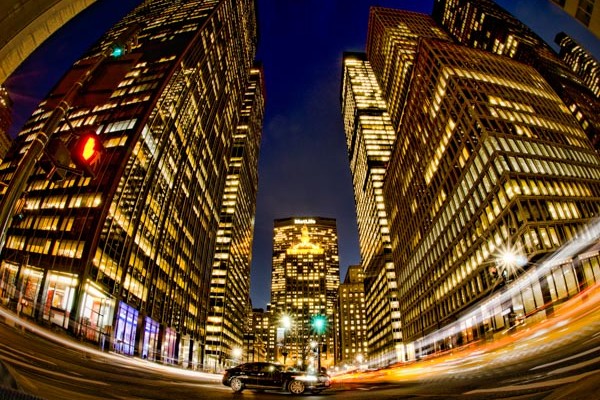GUEST POST OVERVIEW: I still remember reading The Catcher in the Rye in my New York City high school English class, so this guest post is especially fascinating for me.
“New York City has produced some of the greatest artists in the world, whether they were actually born there or used the city as inspiration for their work. American culture and literature from the first half of the 20th century is especially fascinating, with some great writers coming onto the scene such as John Steinbeck, Truman Capote and Harper Lee.

Before our visit to New York City, there’s no better way to prepare for it and get in the mood for staying in New York City than by reading J. D. Salinger, one of the greatest and most influential literary figures of the 20th century, not just in America but in the whole world.
Jerome David Salinger was born in New York in 1919 in a Jewish family and lived his childhood years in Manhattan. After going through a difficult period in his youth due to his religion and serving in the Second World War, even fighting on Utah Beach on D-Day, he began paying more attention to his writing after the war ended, sending regular articles to the New Yorker magazine.
In 1948 he published his highly-acclaimed short story ‘A Perfect Day for Bananafish’ in said magazine, which is a story about a man on a day trip to the beach with his wife. Such was the impact of this story that even Brigitte Bardot wanted to buy the rights for it, something which Salinger declined.

However, in 1951 came his masterpiece, ‘The Catcher in the Rye‘. We’d need a whole article devoted to it because we don’t have enough space on this one but it tells the story of Holden Caulfield, a seventeen-year-old boy who escapes his elite school in California and goes to New York City. The book depicts well how New York City used to be in the late 40s and it’s a book that everyone must read in their lifetime.
This is probably the most controversial book in history since it was banned from many schools across the States after it was published for many decades and it was also related to the death of John Lennon since Mark Chapman, his murderer, was found with a copy of it that had a note written by Chapman that said “Dear Holden Caulfield, From Holden Caulfield, This is my statement”. Ronald Reagan’s assassination attempt by John Hinckley Jr. is also thought to be associated with the novel.
After all the impact that ‘The Catcher in the Rye’ caused, Salinger carried on writing with ‘Nine Stories’, a book with nine short stories that included the previously mentioned ‘Bananafish’, and then produced the book ‘Franny and Zooey’, a short story, ‘Franny’, and a novel ‘Zooey’, all of it set in 1950s New York. They were also published separately in the New Yorker in 1955 and 1957 respectively and also became a huge hit when they were published together as a book in 1961.
Salinger’s last book was ‘Raise High the Roof Beam, Carpenters and Seymour: An Introduction’, published separately in 1955 and 1959 in, of course, The New Yorker, before being published altogether in a single book in 1963. Salinger then lead a rather controversial life with lawsuits and conflicts until he died of natural causes in 2010 at the age of 91.
About the Author: Aleix Gwilliam is a 24 year old from Barcelona who looks English but thinks like a Catalan. He enjoys traveling, especially on old Czech trains, and trying to start conversations in Hungarian with people at Pecs station, even though his Hungarian is as good as his Bulgarian, in other words, not very good. He’s a trier.
EXPLORE SOMEWHERE NEW
BUY A PRINT
All photos on this site are available as limited edition fine art photographic prints. Please get in touch for sizes and rates.



